Sydney-headquartered energy major the Australian Gas Light Company (AGL) has bought 100% of South Australia’s (SAs) social housing virtual power plant (SAVPP) from United States-headquartered manufacturer Tesla, giving it access to a growing network of residential solar and battery systems.
Reported by the Australian Financial Review as a deal running into the “tens of millions of dollars” that includes 25 MW of solar and 7,000, or 37 MW, of Tesla Powerwall home battery systems installed at social and community housing, AGL is also committing to installing 400 more batteries into the network in 2025.
The company intends to integrate the SAVPP with its east coast VPP operating in New South Wales (NSW), Victoria and Queensland.
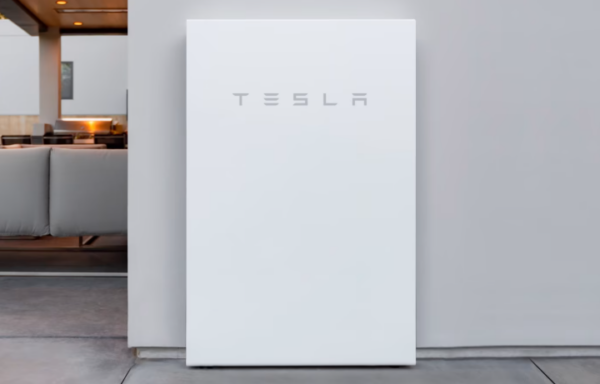
AGL Chief Customer Officer Jo Egan said AGL Is focused on growing its flexible load under management and virtual power plant to support the energy transition.
“AGL is a leader in virtual power plant technology, and now proudly have one of the largest residential battery virtual power plant in Australia, driving us closer to our FY27 target of 1.6 GW of decentralised assets under orchestration,” Egan said.
“This deal follows on from our existing community support to help address cost of living pressures and is part of AGL’s ongoing focus on making sure all customers and communities can take part in the benefits of the energy transition.”
In June 2024, AGL invested $150 million (USD 98 million) for a 20% stake in smart energy platform Kaluza, owned by UK-based electricity supplier Ovo Energy, to transform its retail operations.
Kaluza also serves as an energy management system allowing customers to manage the use of rooftop solar and grid exports and to orchestrate the charging of electric vehicles, battery energy storage systems and other flexible devices.
AGL Community Power
The acquisition of the SAVPP coincides with the company’s launch of a community power program to deliver on AGL’s commitment to source innovative ways to share the benefits of the energy transition.
The announcements come a month after the launch of the federal government’s Cheaper Home Batteries Program, which requires that on-grid battery systems, including the inverter, must have the technical capability to participate in a VPP to be eligible.
This content is protected by copyright and may not be reused. If you want to cooperate with us and would like to reuse some of our content, please contact: editors@pv-magazine.com.
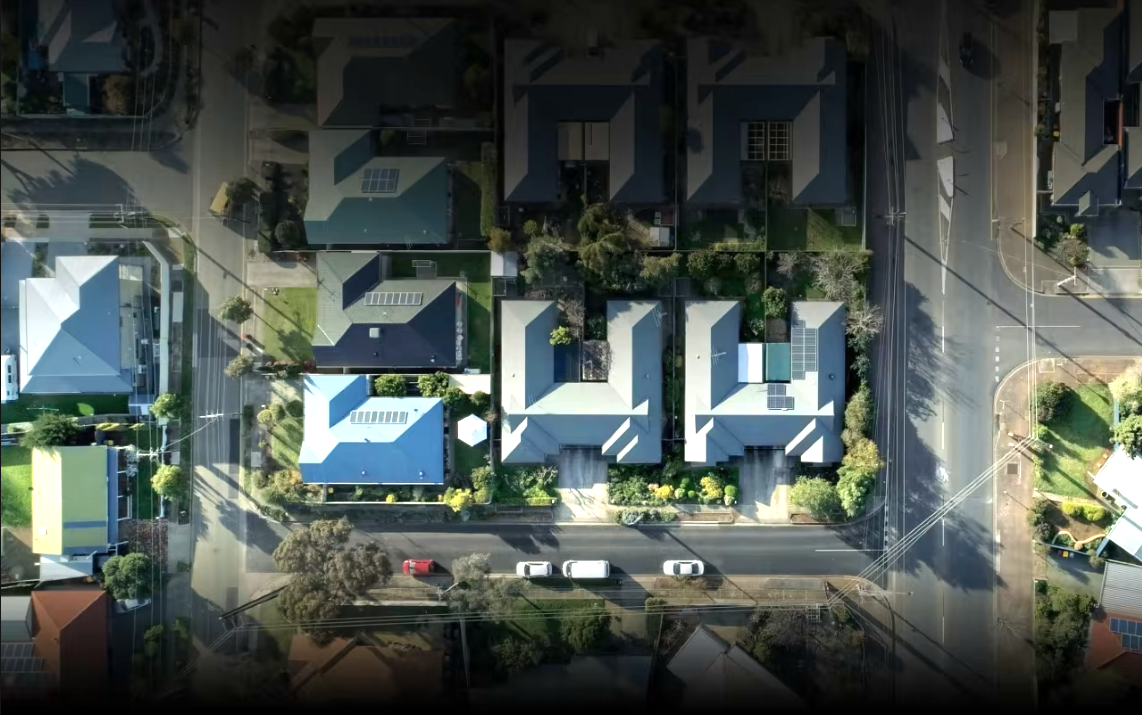
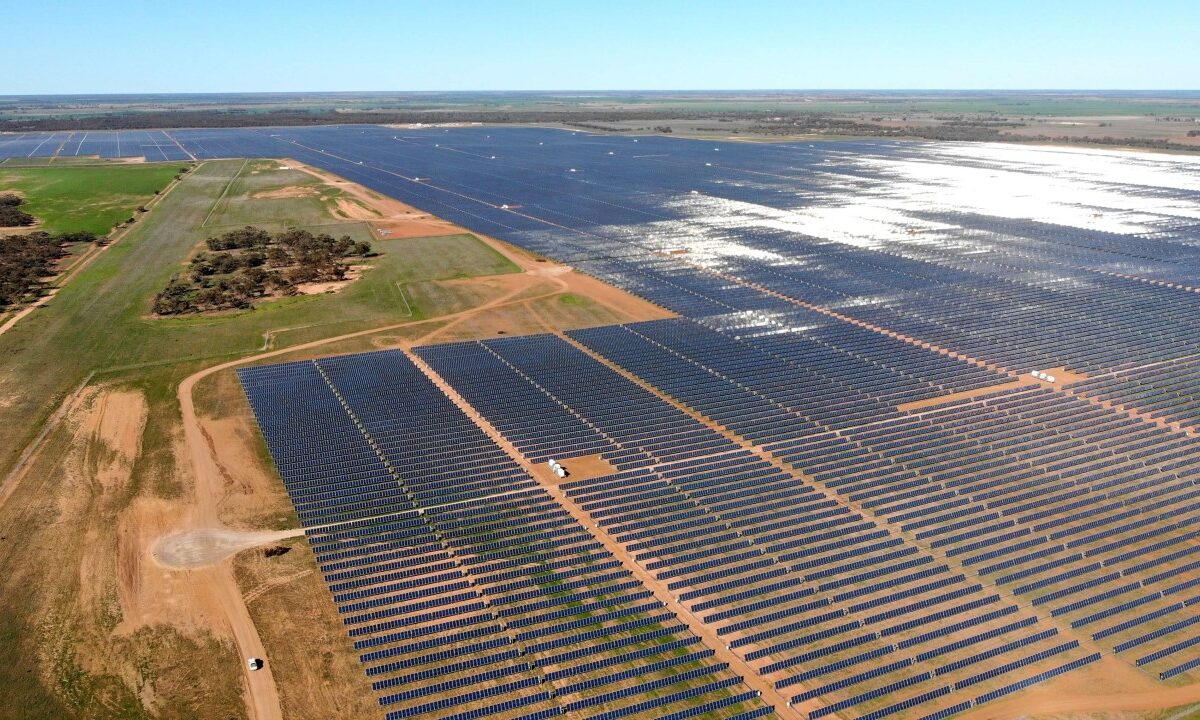



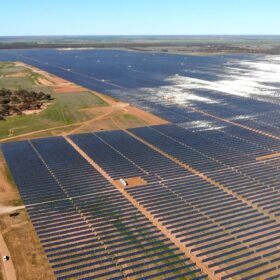
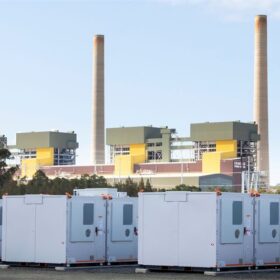

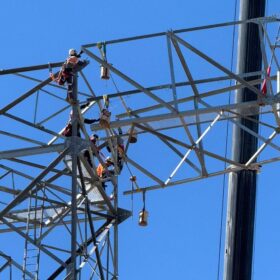
2 comments
By submitting this form you agree to pv magazine using your data for the purposes of publishing your comment.
Your personal data will only be disclosed or otherwise transmitted to third parties for the purposes of spam filtering or if this is necessary for technical maintenance of the website. Any other transfer to third parties will not take place unless this is justified on the basis of applicable data protection regulations or if pv magazine is legally obliged to do so.
You may revoke this consent at any time with effect for the future, in which case your personal data will be deleted immediately. Otherwise, your data will be deleted if pv magazine has processed your request or the purpose of data storage is fulfilled.
Further information on data privacy can be found in our Data Protection Policy.